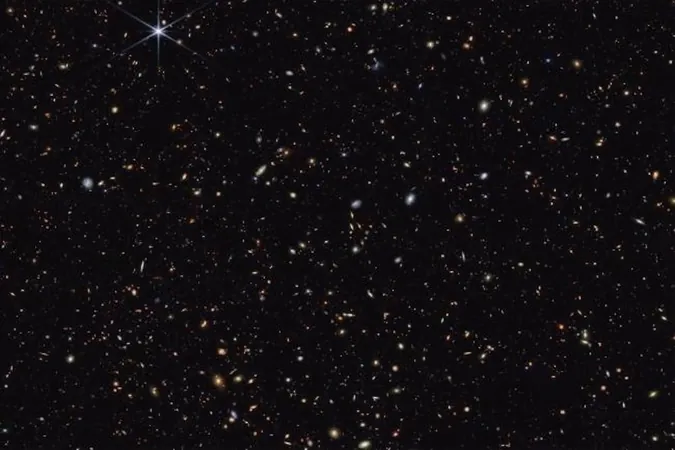
Could BlueDOGs Evolve from Mysterious Little Red Dots?
2025-09-04
Author: Noah
Unraveling the Cosmic Mystery
In the captivating realm of astronomy, time plays a pivotal role—especially when peering into the vast depths of the universe. The farther we gaze, the further back we travel in time, revealing celestial bodies in their ancient states. A newfound perspective, courtesy of a preprint study from researchers at the University of Science and Technology in South Korea, hints at an intriguing connection between two cosmic phenomena: the recently unearthed 'Little Red Dots' (LRDs) and the so-called 'Blue Dust-Obscured Galaxies' (BlueDOGs).
The Enigmatic Little Red Dots
Discovered by the James Webb Space Telescope, LRDs represent a fascinating chapter in the early universe, existing roughly 600 million to 1.6 billion years post-Big Bang. These diminutive, crimson objects are believed to be some of the earliest galaxies, characterized by their rapid growth and the supermassive black holes at their cores—yet their true nature remains cloaked in mystery, shrouded by thick gas and dust.
Meet the BlueDOGs
On the other side of this cosmic timeline are the BlueDOGs, thriving at 'Cosmic Noon,' approximately 2 to 3 billion years after the Big Bang. Their name comes from the striking blue ultraviolet light they emit—indicator of either vigorous star formation or an active central black hole. Despite the dusty environments that typically obscure such emissions, BlueDOGs manage to shine through, suggesting a high level of cosmic activity.
A Shared Evolutionary Path?
The crux of the researchers' findings lies in the spectral energy distribution (SED) similarities between LRDs and BlueDOGs. This correlation hints that they could represent the same sort of astronomical phenomena at different evolutionary stages. Given the vast cosmic distances involved, this connection could redefine our understanding of galaxy development through time.
Bridging the Observational Gap
LRDs, due to their faintness and remoteness, are challenging to observe. The James Webb Space Telescope remains our best bet for exploring these elusive objects. In contrast, BlueDOGs, being more accessible, provide a crucial opportunity to study the evolutionary links between these two categories of galaxies. Highlighted in this study is the particularly bright BlueDOG dubbed ADFS-KMTDOG-102, observed using the Gemini-South telescope, which sparked the researchers' comparison to LRDs.
Future Cosmic Discoveries Await
While our understanding of LRDs and BlueDOGs is still in its infancy, the potential connections between them could unlock secrets of cosmic growth and evolution. As researchers continue to analyze these phenomena, they may soon establish a timeline that bridges vast epochs of intergalactic history, revealing how galaxies evolve in the universe's grand tapestry.

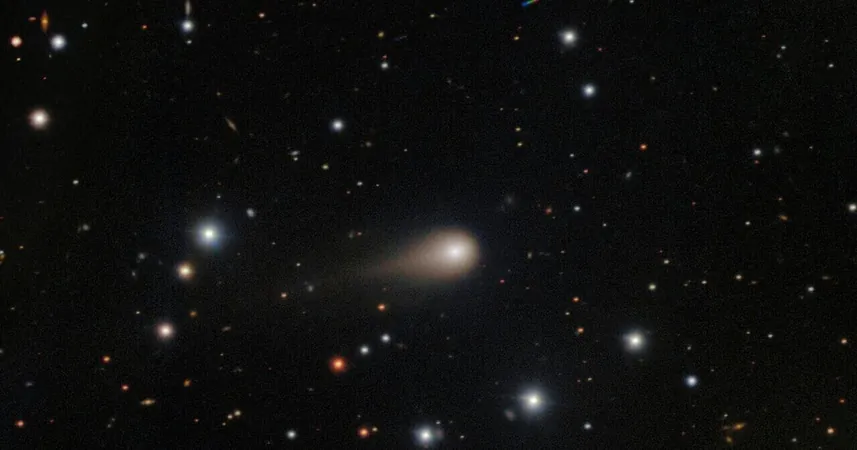


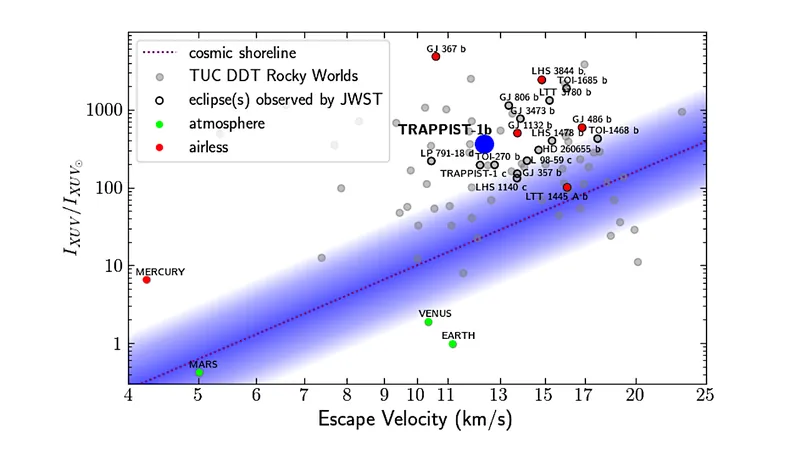

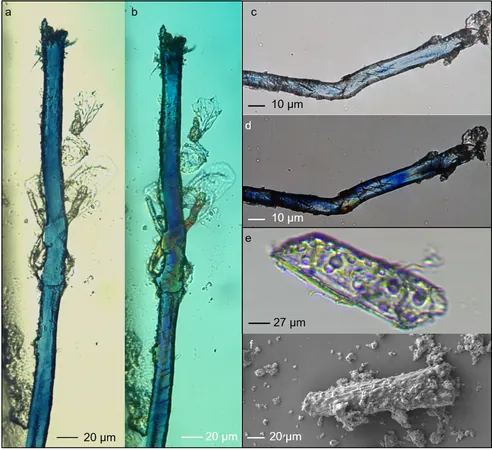

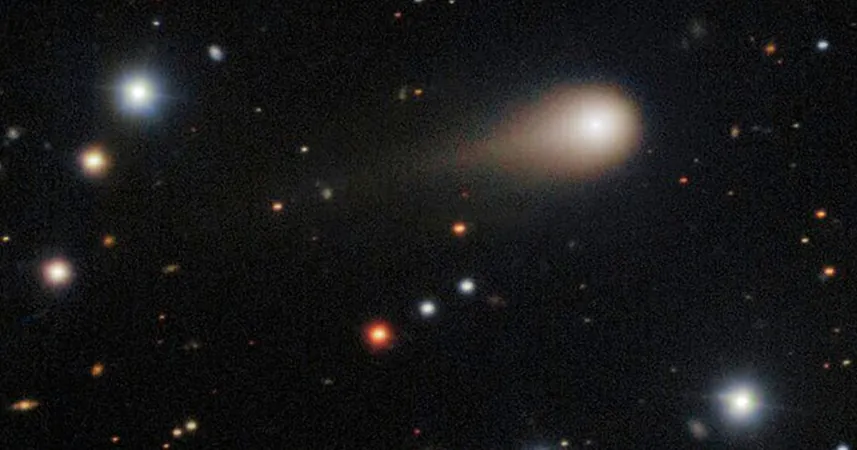
 Brasil (PT)
Brasil (PT)
 Canada (EN)
Canada (EN)
 Chile (ES)
Chile (ES)
 Česko (CS)
Česko (CS)
 대한민국 (KO)
대한민국 (KO)
 España (ES)
España (ES)
 France (FR)
France (FR)
 Hong Kong (EN)
Hong Kong (EN)
 Italia (IT)
Italia (IT)
 日本 (JA)
日本 (JA)
 Magyarország (HU)
Magyarország (HU)
 Norge (NO)
Norge (NO)
 Polska (PL)
Polska (PL)
 Schweiz (DE)
Schweiz (DE)
 Singapore (EN)
Singapore (EN)
 Sverige (SV)
Sverige (SV)
 Suomi (FI)
Suomi (FI)
 Türkiye (TR)
Türkiye (TR)
 الإمارات العربية المتحدة (AR)
الإمارات العربية المتحدة (AR)